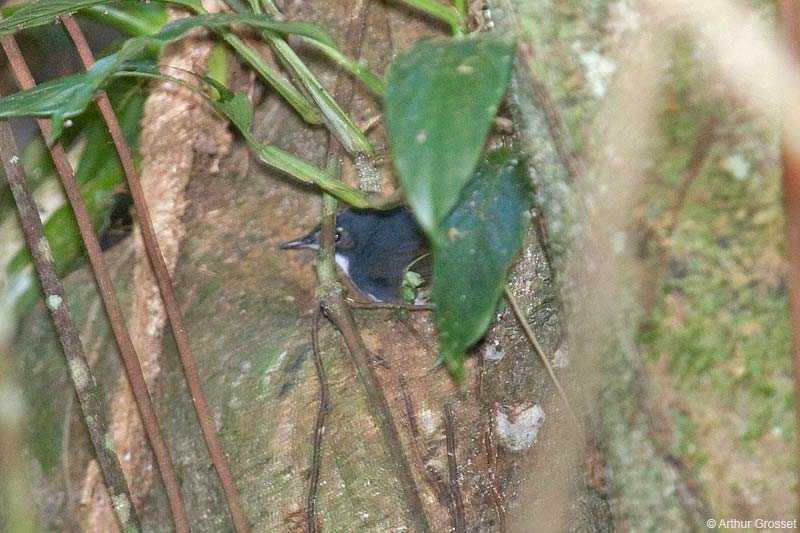
Eugralla paradoxa
TAXONOMY
Troglodytes paradoxus Kittlitz, 1830, Concepciуn, Chile.
OTHER COMMON NAMES
French: Mйrulaxe а flancs ocre; German: Rostflanken-
Tapaculo; Spanish: Churrнn de la Mocha.
PHYSICAL CHARACTERISTICS
5.7 in (14.5 cm); 0.92–1.02 oz (26–29 g). Bill elevated at base.
Dark gray, rump and flanks rufous. Legs bright yellow.
DISTRIBUTION
Chile from Santiago to Chiloй and adjacent Argentina in Rнo
Negro.
HABITAT
Undergrowth of humid Nothophagus forest, mainly bamboo
thickets.
BEHAVIOR
Moves in close pairs.
FEEDING ECOLOGY AND DIET
Forages near or on the ground within dense thickets, sometimes
digging with both feet simultaneously in an awkward
jump.
REPRODUCTIVE BIOLOGY
Nest is bulky and globular with a side entrance, placed hidden
3–6 ft (1–2 m) above ground, occasionally higher. Two, rarely
three eggs. Both parents tend the nestlings.
CONSERVATION STATUS
Not threatened.
SIGNIFICANCE TO HUMANS
None known.
Photo Gallery of - Ochre-flanked tapaculo
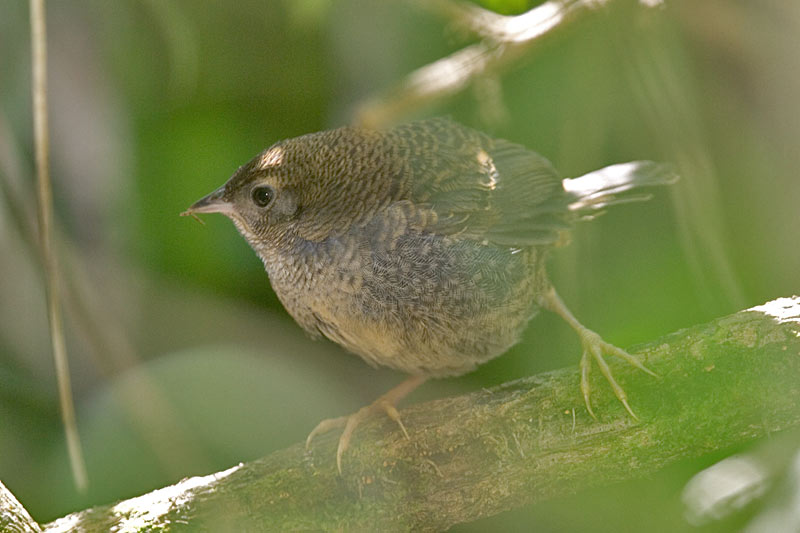
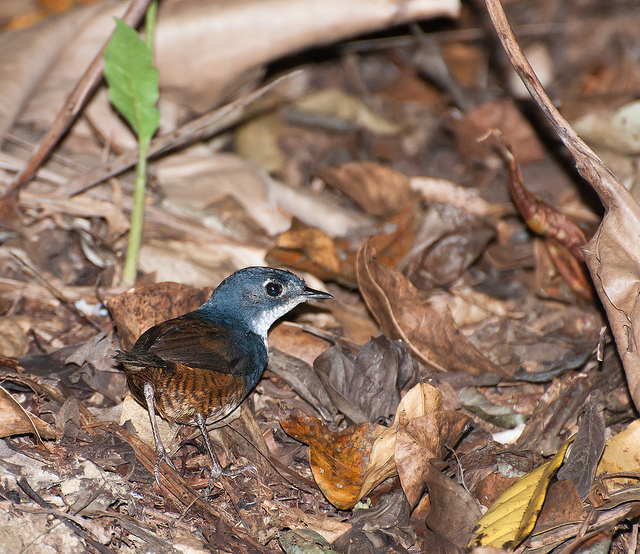
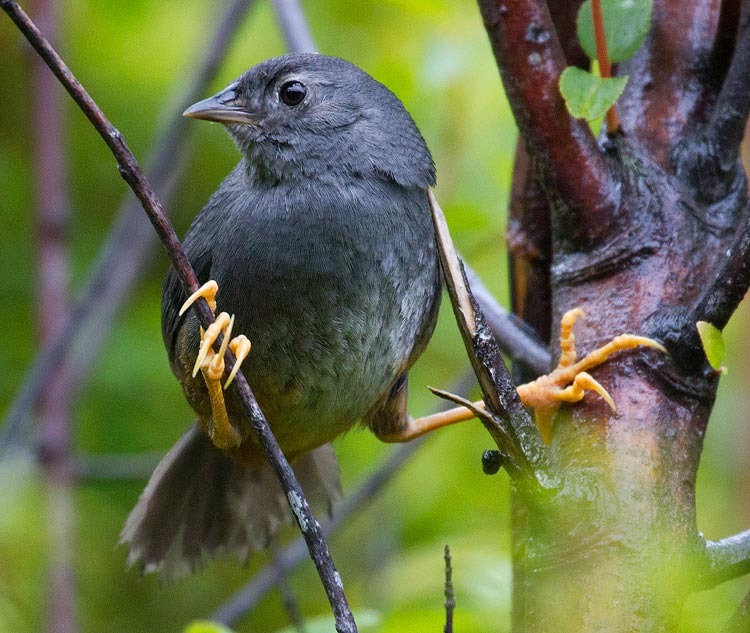
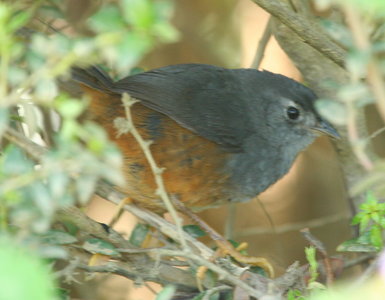
 Animalia Life
Animalia Life